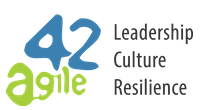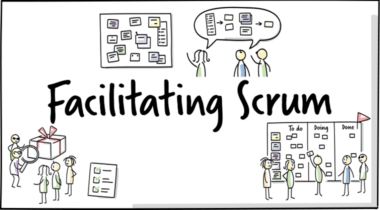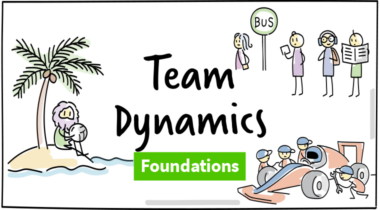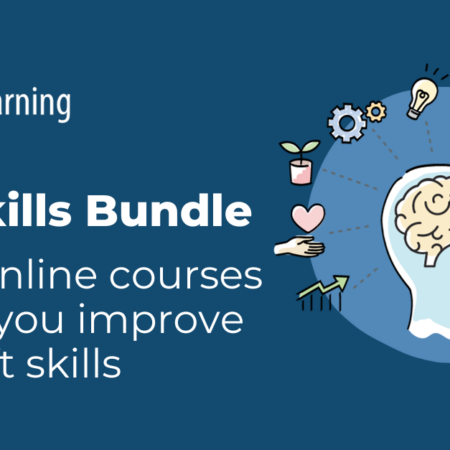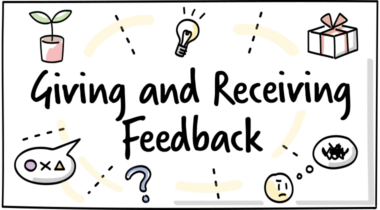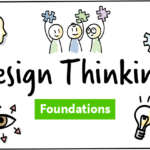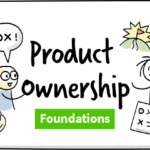More information
Scrum is simple, but not easy. It is a very lightweight framework everyone can understand. However, Scrum is purposefully incomplete and therefore it is hard to master. You need to know so many things outside Scrum to make it work successfully.
By completing this course, you will get a comprehensive introduction to the most important elements to become proficient in practicing or facilitating the Scrum framework effectively.
The course is composed of a mix of instructional reading texts, resources, practice recommendations and interactive quizzes, which aim at stimulating different parts of our brain and thus help learn more and retain the learning longer.
The course represents a solid foundational milestone in the journey towards a deeper understanding and practical application of Scrum and will prepare you in taking the next steps, for instance a Certified ScrumMaster® certification.
Target audience
The course is designed for anyone new to Agile and Scrum: engineers, business analysts, project managers, leaders or anyone else who is intrigued to know more about the Scrum framework and do it in their own time and at their own pace.
The course is also designed for Scrum Masters and team coaches who are not new to Agile and Scrum, but want to become more effective in supporting their teams and organization by adopting Scrum.
Scrum is applicable across industries and potentially cross-functional teams – so even marketing specialists, data scientists, HR representatives, and other professionals looking for a better way to solve complex problems are encouraged to take the course.
